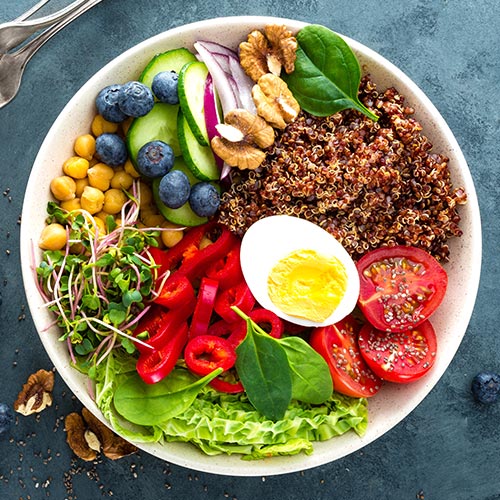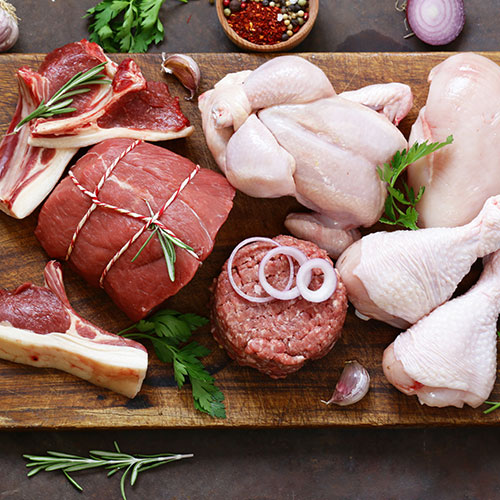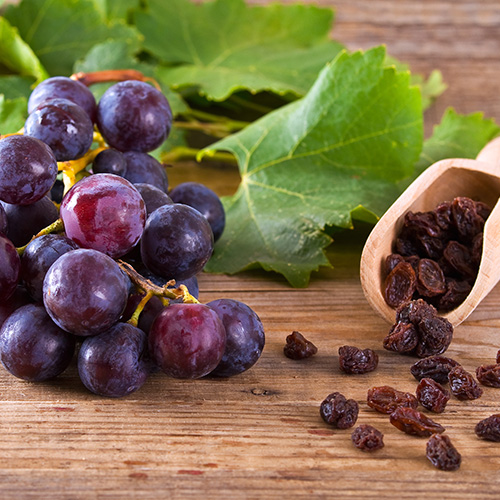
Eating Healthy on a Budget: Making a Plan
Author: be well™ with Big Y® Registered Dietitian Team
The best defense against rising food prices is a prepared offense when it's time to go grocery shopping.
Food budgets vary considerably between households, times of year and seasons of life. One thing remains true throughout, even the most conservative of budgets can be worked with to feed hungry mouths and meet nutrition needs. It may take a little finagling to become accustomed to changing how you shop at first, but a little bit of planning may take you (and your budget) further than you think.
MyPlate Guidance

Aiming to meet daily Food Group goals can help cut down excess food spending instantly. Purchasing based on recommended serving sizes from each Food Group is a seamless way to omit overindulgence.
How do you learn what to aim for each day? Get your MyPlate Plan at MyPlate.gov and learn what your needs are based on age, height, weight, gender and activity level.

A perfect example is following the number of ounce-equivalents recommended from MyPlate for the Protein Foods Group.
An 1,800-calorie meal plan recommends 5 ounce-equivalents of protein foods each day.
- You can eat a large portion of steak and easily reach your day’s recommendation in one meal.
- Or you can break up your intake of protein foods more cost effectively (and wisely) throughout the day with:
- an egg at breakfast (1 ounce-equivalent),
- a tablespoon of peanut butter at snack (1 ounce-equivalent),
- tuna salad sandwich at lunch (2 ounce-equivalents)
- and steak stir-fry at dinner (1 ounce-equivalent).
All Forms Fit

Following your MyPlate goals as you shop has another benefit. By learning what counts toward each Food Group’s goals, you learn all the possible options available to shop from and that there’s no one best way.
For example, choosing a whole grain for the Grains Food Group doesn’t necessarily mean just eating whole wheat pasta, whole grain bread or wild rice. You can pick and choose based on taste preference and what’s most economical from week to week.

The same goes for the Fruit and Vegetable Food Groups. Although fresh options like Romaine lettuce, snacking tomatoes, grapes and oranges may make sense for some recipes, frozen spinach, canned tomatoes, raisins and 100% orange juice may work in others. Fruits and vegetables in all of these forms (fresh, frozen, canned, dried and 100% juice) count towards recommended servings.
Shop Savvy

You may already know what happens when you shop on a hungry stomach, but what about when you shop without using all the tools available to you from your supermarket?
At Big Y, savings come in more forms than the traditional printed ad circular these days – enjoy so much more with a myBigY Digital Account! Visit BigY.com/Savings to learn more.
Published 8/22/2022


